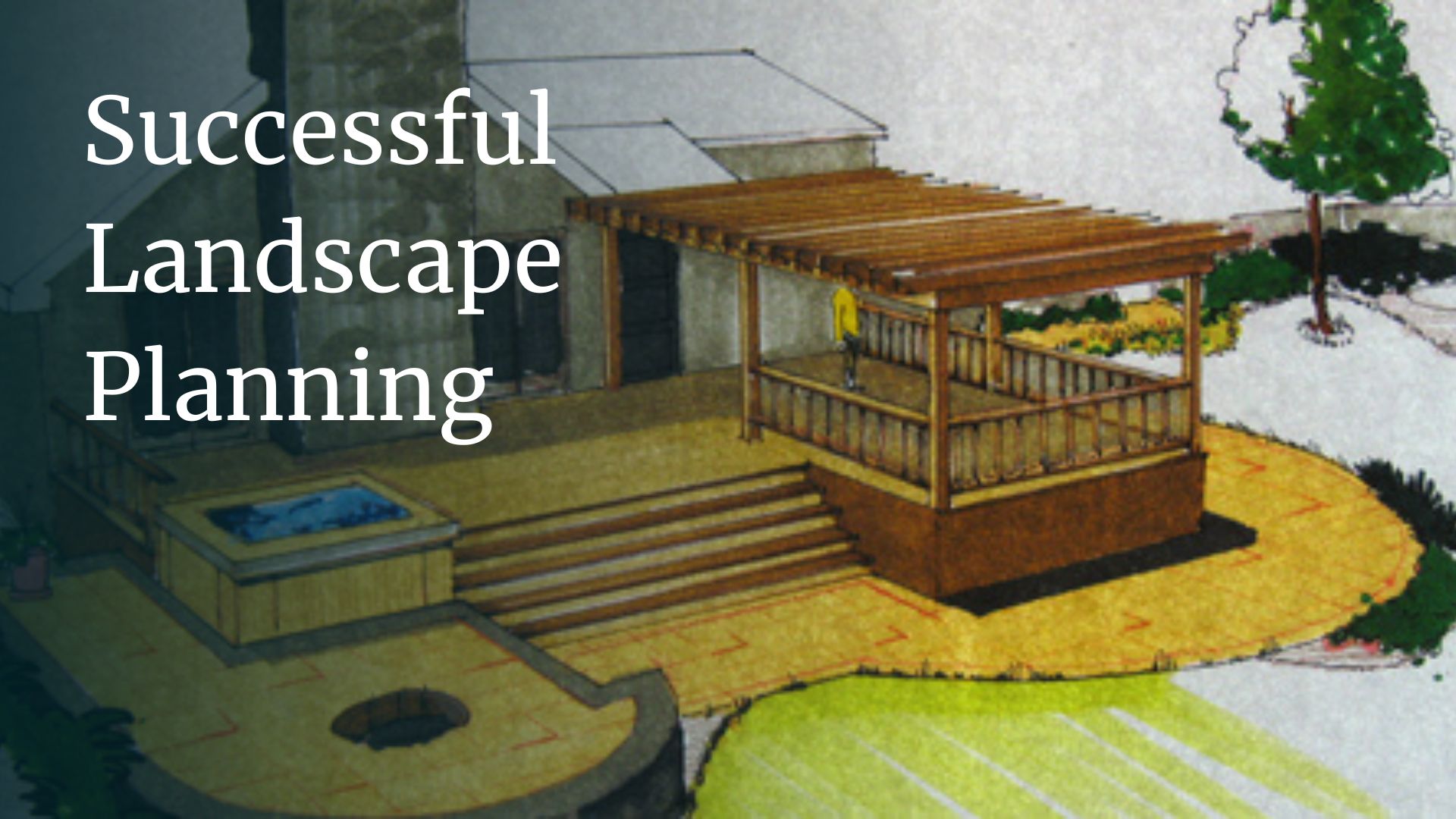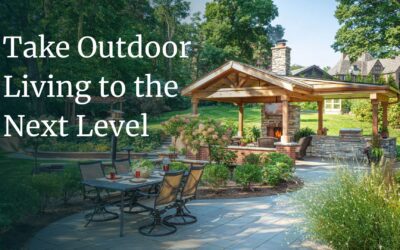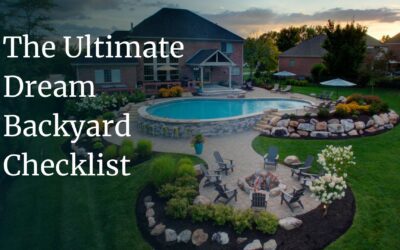“Plans are of little importance, but planning is essential” – Winston Churchill
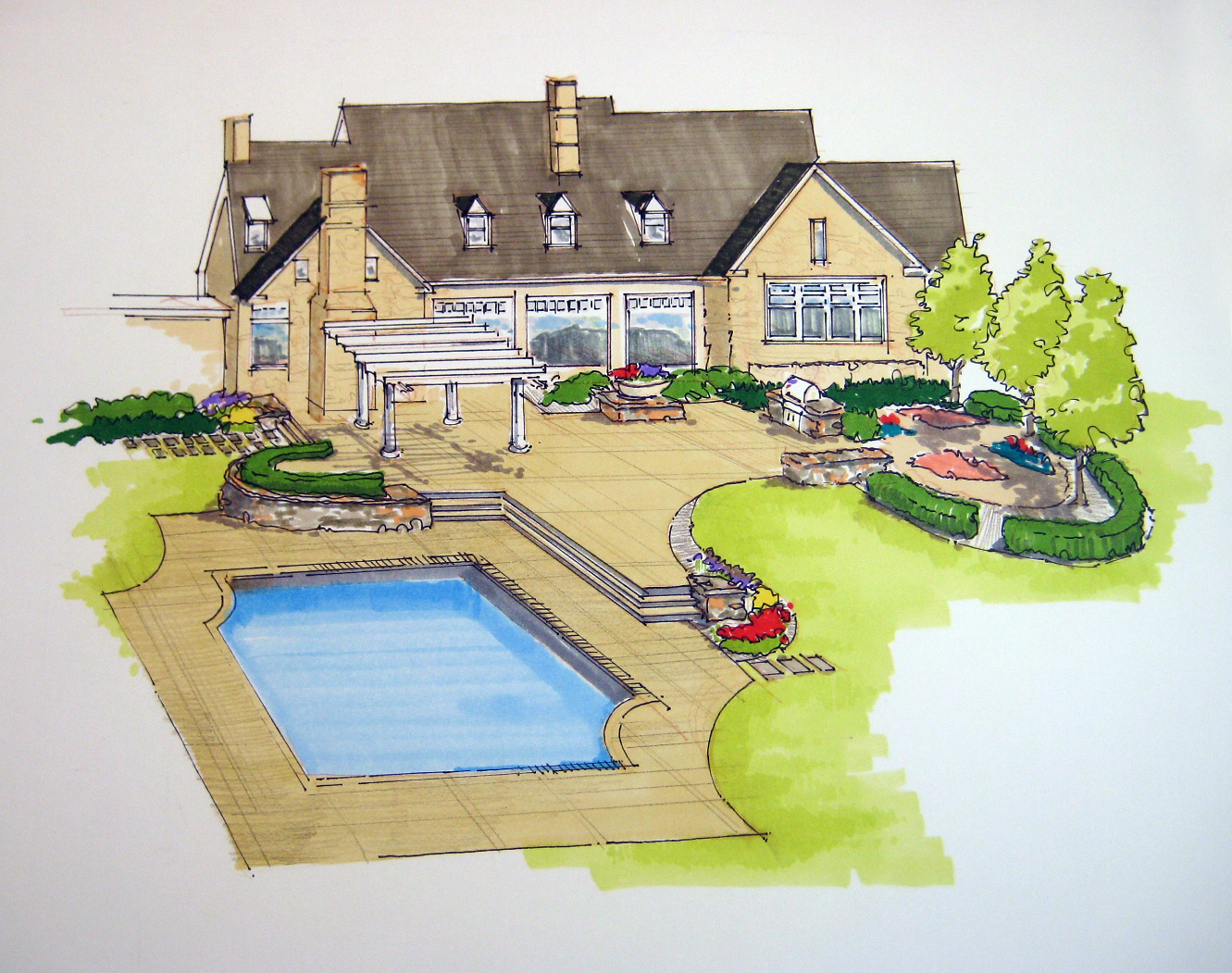 Perhaps Churchill had it right. Maybe the reason we hesitate to plan, to write anything down, is that experience has taught us that our plans always change. According to research by the University of Scranton, only 62% make new years resolutions, and of those who do, only about half have even infrequent success. Yet the same research reveals that those of us who make some plans are 10 times more likely to succeed than those who don’t plan at all. Plans, whether they are set in stone or not, are beneficial, even landscape planning for your outdoor spaces. What if there was a way to plan out the development of your entire property for the next 10 years, but be flexible if your needs change?
Perhaps Churchill had it right. Maybe the reason we hesitate to plan, to write anything down, is that experience has taught us that our plans always change. According to research by the University of Scranton, only 62% make new years resolutions, and of those who do, only about half have even infrequent success. Yet the same research reveals that those of us who make some plans are 10 times more likely to succeed than those who don’t plan at all. Plans, whether they are set in stone or not, are beneficial, even landscape planning for your outdoor spaces. What if there was a way to plan out the development of your entire property for the next 10 years, but be flexible if your needs change?
Is the problem really “planning” or “planning too hastily”? What if a plan could be developed and worked toward without total commitment to areas of the yard that might not be tackled for a few seasons? A good master plan can be just that, a rough outline reflecting where we hope to be eventually, but without binding us too tightly to details.
So why landscape planning? There are several reasons. When the project is complete, you will have continuity and uniformity across the whole property. A good plan will address and solve problems caused by drainage and wind, while accentuating good views, sun exposure, and properly sized entertaining spaces. A plan will also help you prioritize different phases of the project(s) and make sure they are completed in the best order.
How detailed does a master plan need to be? It really depends on your time frame and budget. If you are ready to pull the trigger on the whole property, by all means plan it out in detail and do it! However, if you time frame is a little longer, maybe you should consider preparing a rough master plan, then detailing out sections of it as you are ready to tackle installation. A good designer should be able to give you ballpark estimates for each area, which will help you schedule to progress of the work. Plus, if you know that a water feature, for example, is included in a specific location on your master plan, you will start to notice them and have a good idea of what you like when the time comes for that phase.
So what do you need to know to get started? A good designer will spend 80% of the first meeting listening, so take this opportunity to talk about your likes, dislikes, dreams for your yard, and priorities. Collecting photos of yards, patios, or water features you like will help give the designer a sense of your taste. A list of priorities and problems that need solved is always nice and makes sure nothing is forgotten. Some people don’t want to tell me too much, preferring that I use my own judgment, but my job in that interview is to get the overview and be able to show you varieties your basic ideas. I also like to take a look at how you have decorated your house for clues. An experienced or educated designer should be able to produce several conceptual plans, especially for built areas like patios, walks, and pools to give you options to pick from. So even if you go in with a specific idea, you might want to consider alternate solutions.
Who does this type of master planning? There are several paths into the master planning business, from horticulture to architecture to landscape architecture. Each background offers a slightly different focus, so it is really up to you to decide who to engage. Research websites, get referrals from friends and neighbors with yards you like, and ask to look at design work of a similar size and scope. Look for a range of design styles – a qualified master planner should be able to accent the unique features of your house, not solve every problem with the same kit of parts.
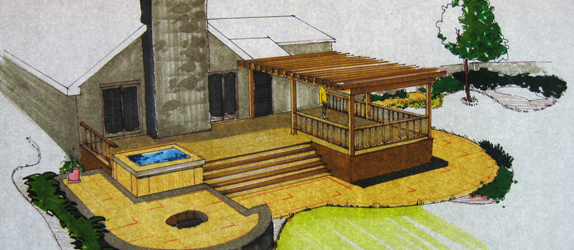 A master plan is going to cost some money. You want a plan that reflects where you are right now, but gives you flexible vision for the future. Depending on how much area, how many meetings you require, and how many different elements are involved, a good master plan may start at $800-$1000. Many designers that are associated with contracting companies are willing to refund at least part of the design fees back on future installations. Other companies are set up as consultants, selling their time, not just a product. Find someone you can work with and who has a range of work that is similar to your project.
A master plan is going to cost some money. You want a plan that reflects where you are right now, but gives you flexible vision for the future. Depending on how much area, how many meetings you require, and how many different elements are involved, a good master plan may start at $800-$1000. Many designers that are associated with contracting companies are willing to refund at least part of the design fees back on future installations. Other companies are set up as consultants, selling their time, not just a product. Find someone you can work with and who has a range of work that is similar to your project.
If you are like most of us, you prefer getting things right away. However, you have also probably learned that a vision of the future is worth developing and will benchmark progress along the way, and landscape planning is not different. Taking the time now to get that vision on paper, at least in a rough form, will give you a goal and leave you with unified landscape and outdoor entertaining areas that will provide a backdrop for family enjoyment for many years.

